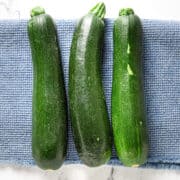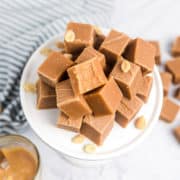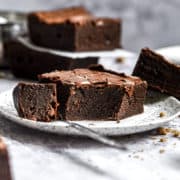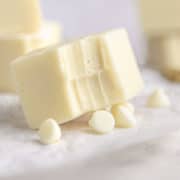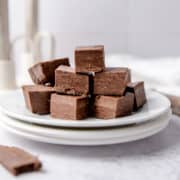Zucchini is a versatile vegetable that can be cooked in a wide variety of ways, including boiling, grilling, poaching, frying, roasting, and more. Knowing how to store zucchini is important, so you can ensure it stays fresh, firm, and tasty until you're ready to use it.

Jump to:
This mild-tasting vegetable can be used in place of carrots if you're baking treats like carrot mug cake or muffins, either swapping all the carrots out or just some of it. Zucchini bread is great too. I love to make healthy recipes like those - they taste so sinful but are full of vegetables! It's a nice way to help the kids get their 5-a-day too.
Zucchini has plenty of Vitamin A, along with Vitamins B6, C, and K, manganese, magnesium, potassium, folate, and antioxidants. The nutrients that remain after cooking depend on the cooking process you choose, but it's fair to say this is indeed a healthy vegetable. What else works in zucchini's favor is its very mild taste, so most people enjoy it.
You can do all kinds of wonderful things with it, such as frying it in garlic oil, breading and frying it, shredding it to add to salads raw, stir-frying it, or stuffing it. Zucchini boats are made by hollowing out the zucchini and filling them to look like boats with ingredients like spiced ground beef or ground turkey.
Spiralized zucchini (zucchini noodles) makes a nice low-carb alternative to spaghetti, and in some countries, the zucchini flower is deep-fried or sprinkled over soups and salads.
Zucchini lasagna is another way to use this vegetable. Simply use thin slices of fresh zucchini instead of lasagna noodles. You don't have to par-boil them first. In fact, I prefer just to cut them thinly and add them raw. They do soften a bit in the oven during baking but still retain a little crunch instead of going mushy.
What is Zucchini?
Zucchini (Cucurbita Pepo), also known in some parts of the world as courgette, is a summer squash, in the same family as melon and cucumber. It's an economical choice compared to many other vegetables and is available year-round from grocery store outlets or farmers' markets. You can also purchase frozen zucchini which lasts for longer but doesn't have the same crisp texture as its fresh equivalent. It would be fine for blending into a soup though.
This mild, slightly sweet vegetable is versatile because it takes on the flavor of what you cook it with. For example, fry thin slices in garlic-infused oil for a mild, garlicky flavor, or add some shredded zucchini to your next batch of muffins to boost the nutrients and you won't even taste it in there.
Although most types of squash originated from the Americas, zucchini can be traced back to 1800s Italy. Seeds from the ancestors of this zucchini variety can be traced back to Mexico between 9000 and 4000 BC.
European explorers reaching the Americas found that squash was one of the main foods native Americans were eating, along with corn and beans. Because they hadn't seen squash before, they thought it was a kind of melon.
Zucchini plants come in different types and the skin can range from cream to dark green, with the dark green-skinned cultivar being the most common in grocery stores.
What to Look For
Small and medium-sized raw zucchini are tastier than the bigger ones. A little bit of a rubbery texture is no problem if you're going to make a stew or soup but reject anything soft, squishy, or with visible mold. This advice also applies to yellow squash and similar squashes.
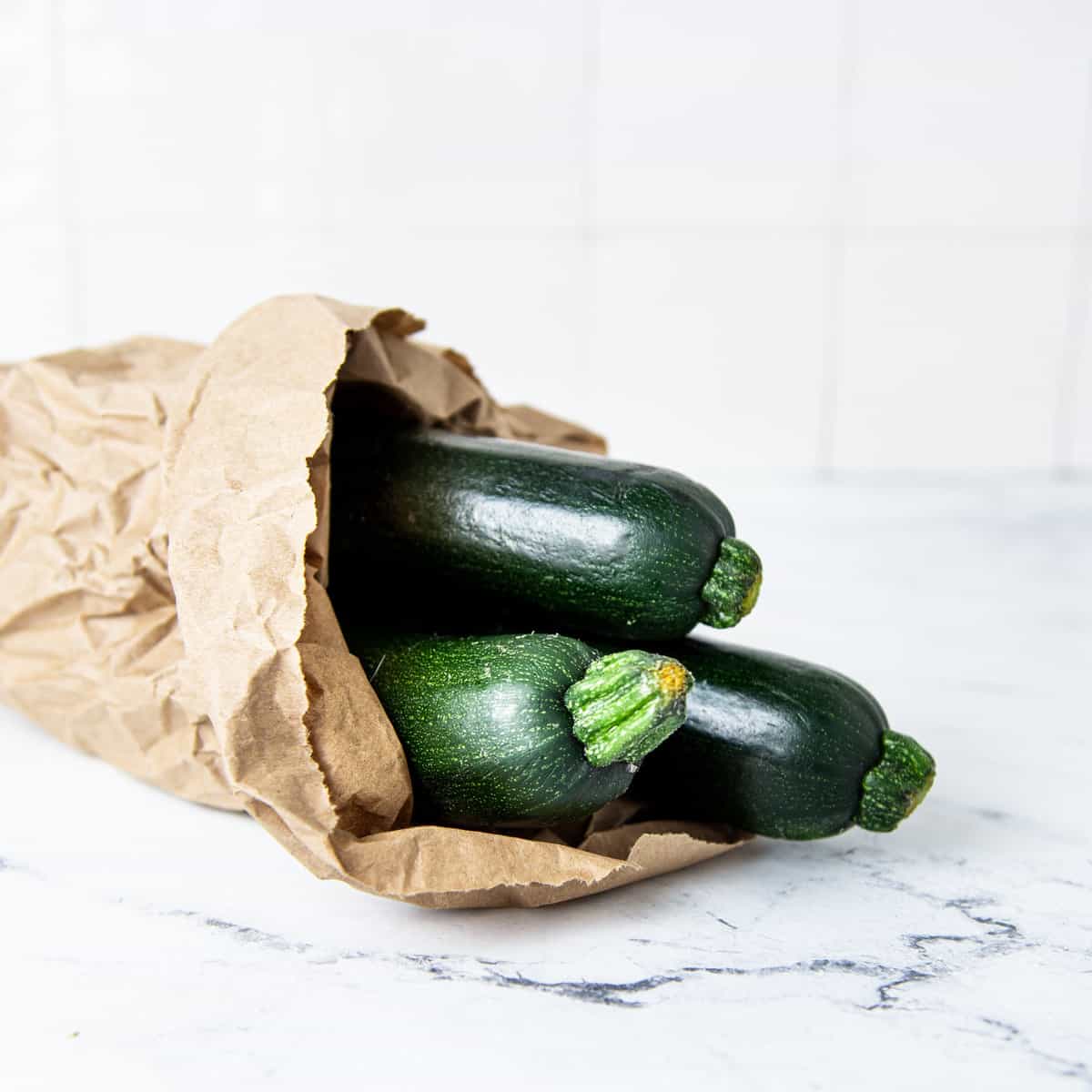
How to Store Zucchini
Since zucchini can be cooked in many different ways, or even enjoyed raw, it's well worth knowing how to store it so it stays firm and fresh.
- Keep the whole zucchini unwashed and unpeeled, since excess moisture or peeling will speed up spoilage.
- Pat the zucchini with a paper towel to make sure it's completely dry.
- Now put it in a paper bag, allowing some ventilation, since airtight containers lock in moisture and will make it spoil faster.
- Another option is to poke holes in the plastic bag it came in unless it's a perforated plastic bag. Just ensure the vegetable receives enough ventilation so it will stay fresh for as long as possible.
- The best way to store zucchini is in the crisper drawer of the fridge, where it will come into less contact with moisture and therefore last longer.
- You can also keep it in a dark place or dry place if you don't have room in the fridge but it won't last as long, perhaps a day or so at room temperature.
- Zucchini should keep for up to a week when stored dry, in an open bag, and in the crisper drawer.
If you aren't going to use your fresh zucchini for a while, another option is freezing it in chunks long-term in a freezer-safe bag. Chop it into chunks with a sharp knife, blanch it for 1 minute in unsalted boiling water, then plunge it into an ice bath or large bowl of ice cold water. Remove the zucchini using a slotted spoon.
If you omit the blanching step, it will be mushy when thawed, so it's definitely worth doing this extra step. Keep the pieces in freezer bags or an airtight container to prevent freezer burn and use within 3 months. Thawed zucchini slices or chunks are a great way to add flavor and nutrients to soups, stir-fries, or muffins.
How to Tell if Zucchini Has Gone Bad
Spoiled zucchini weighs less than fresh, has a bad smell and taste, and might have visible mold. It looks pale or dull compared to fresh zucchini (whichever variety you have). Wrinkled, rough skin is also an indicator of spoiled zucchini. Eating rotten zucchini can give you stomach issues, so if in doubt, throw it out.
Common Questions
Zucchini is naturally high in water so you will want to ensure your "zoodles" don't come out soggy. After using a spiralizer or similar to make the noodles, squeeze them in paper towels or a clean tea towel to get rid of excess moisture. You can then either cook them or arrange them in a single layer on a paper towel-lined baking sheet, grind over some salt, and let them sit at room temperature for half an hour. Rinse off the salt (which helps remove excess water) and continue with your zucchini pasta recipe. I love pan-fried zucchini noodles with pasta sauce, topped with shredded cheese.
Peeling zucchini is completely optional. The skin on zucchini is relatively soft so most people won't peel it off. If you're going to leave the skin on, just wash the zucchini before using it to remove any dirt from the skin's surface. If you do prefer to peel it, using a standard vegetable peeler is the easiest way to do so.
Zucchini are picked while they're still small. Leave them to grow some more and you will get marrows, which are basically just large zucchini. They don't have as much flavor though, which is why marrows are usually stuffed. The reason for this is their larger size means they contain more water than zucchini, which is why it's best to slice marrows and salt the slices. This draws out the excess water so you can then rinse the slices, and is the same as you'd do with eggplant. In South Africa, zucchini are known as baby marrows.
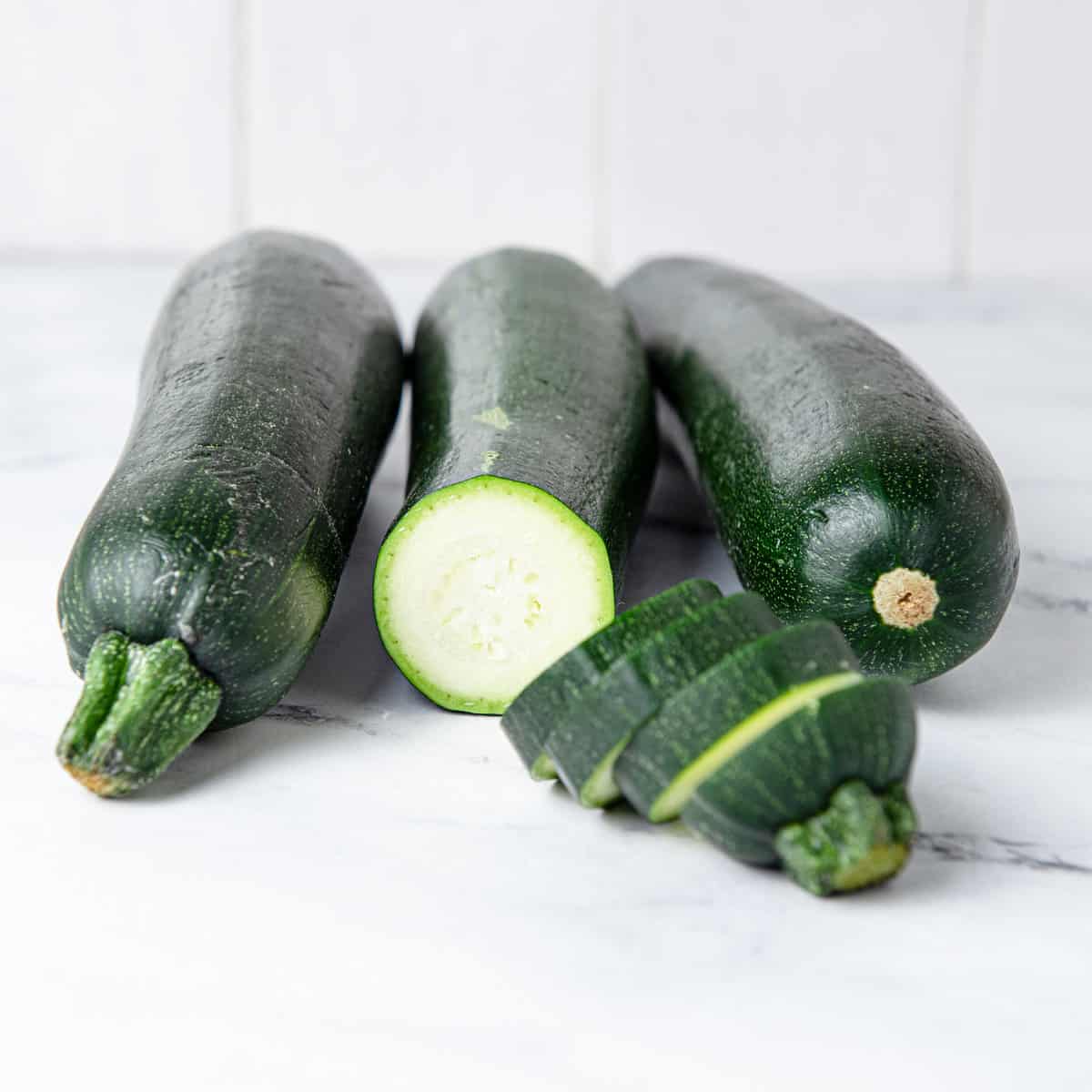
Did You Know?
- The biggest zucchini on record was a massive 69.5 inches long and was 65 pounds in weight. The proud grower was Bernard Lavery, from North Wales, UK.
- Fried squash blossoms, or zucchini flowers, are considered a delicacy in some places.
- The darker the zucchini skin, the richer the nutrients, but don't choose larger zucchini as the smaller zucchinis taste nicer. I recommend choosing zucchini no larger than an average-size flashlight.
- The word "zucchini" comes from "zucca", which is Italian for squash.
Now you know how to store zucchini for the best results, you can buy plenty of this tasty, healthy vegetable and find all kinds of delicious recipes to use it in.
